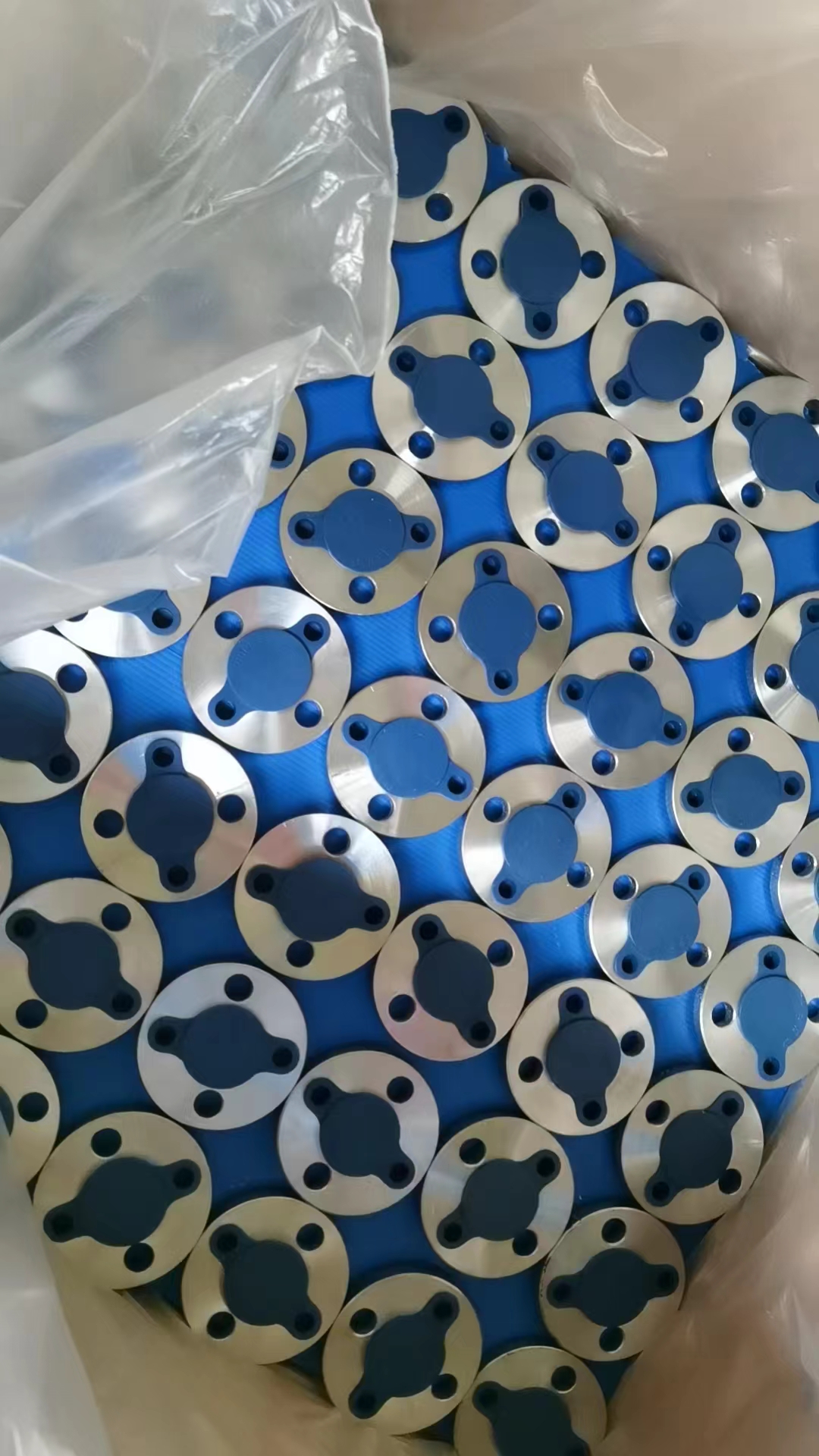-
Cangzhou Yulong Steel Co., Ltd.
-
Phone:
+86 13303177267 -
Email:
admin@ylsteelfittings.com
- English
- Arabic
- Italian
- Spanish
- Portuguese
- German
- kazakh
- Persian
- Greek
- French
- Russian
- Polish
- Thai
- Indonesian
- Vietnamese
- Zulu
- Korean
- Uzbek
- Hindi
- Serbian
- Malay
- Ukrainian
- Gujarati
- Haitian Creole
- hausa
- hawaiian
- Hebrew
- Miao
- Hungarian
- Icelandic
- igbo
- irish
- Japanese
- Javanese
- Kannada
- Khmer
- Rwandese
- Afrikaans
- Albanian
- Amharic
- Armenian
- Azerbaijani
- Basque
- Belarusian
- Bengali
- Bosnian
- Bulgarian
- Catalan
- Cebuano
- China
- China (Taiwan)
- Corsican
- Croatian
- Czech
- Danish
- Esperanto
- Estonian
- Finnish
- Frisian
- Galician
- Georgian
- Kurdish
- Kyrgyz
- Lao
- Latin
- Latvian
- Lithuanian
- Luxembourgish
- Macedonian
- Malgashi
- Malayalam
- Maltese
- Maori
- Marathi
- Mongolian
- Myanmar
- Nepali
- Norwegian
- Norwegian
- Occitan
- Pashto
- Dutch
- Punjabi
- Romanian
- Samoan
- Scottish Gaelic
- Sesotho
- Shona
- Sindhi
- Sinhala
- Slovak
- Slovenian
- Somali
- Sundanese
- Swahili
- Swedish
- Tagalog
- Tajik
- Tamil
- Tatar
- Telugu
- Turkish
- Turkmen
- Urdu
- Uighur
- Welsh
- Bantu
- Yiddish
- Yoruba

Oct . 12, 2024 12:49 Back to list
galvanized pipes in homes
The Role of Galvanized Pipes in Homes
Galvanized pipes have been a common choice for plumbing in homes for many decades. Initially introduced in the late 19th century, these pipes are made from steel that has been coated with a layer of zinc to prevent rust and corrosion. While they were widely used during their prime, advancements in plumbing materials have led to a shift in preference for more modern options. However, understanding the characteristics, advantages, and potential drawbacks of galvanized pipes can provide valuable insight for homeowners and those considering plumbing renovations.
The Role of Galvanized Pipes in Homes
Another positive aspect of galvanized pipes is their longevity. When installed properly, these pipes can last anywhere from 20 to 50 years, making them a reliable option for homeowners. Furthermore, they can be relatively inexpensive compared to other materials when first installed, which added to their popularity during their peak usage period.
galvanized pipes in homes

However, over time, galvanized pipes have shown several significant drawbacks that have made them less desirable in modern plumbing systems. One of the most pressing issues is the accumulation of rust and sediment inside the pipes as the zinc layer wears away. This can lead to reduced water pressure and even discolored water due to rust particles. Homeowners may start to notice signs of deterioration, such as leaking and reduced water quality, long before the pipes reach the end of their expected lifespan.
Moreover, galvanized pipes are not recommended for use with drinking water. The corrosion and rust can introduce harmful impurities, posing health risks to residents. The presence of lead in older galvanized pipes can be particularly concerning, especially in homes built before the 1960s when lead was more commonly used in plumbing.
As a result of these issues, many homeowners are now opting to replace their galvanized pipes with more modern alternatives such as PVC, PEX, or copper. These materials offer better durability, are less prone to corrosion, and significantly improve water quality. For instance, PEX pipes are flexible, easy to install, and resistant to scale and chlorine, making them a favorite among plumbing professionals. Meanwhile, copper pipes are known for their reliability and resistance to bacteria.
In conclusion, while galvanized pipes were once a staple in residential plumbing, their limitations have led to a decline in their use. For homeowners with older homes that still contain galvanized plumbing, it is important to be aware of the potential risks and challenges associated with these pipes. Regular maintenance and water quality testing can help identify problems before they escalate. Ultimately, investing in modern plumbing materials not only enhances the functionality of a home's plumbing system but also contributes to the health and safety of its inhabitants. As technology progresses, the transition from galvanized pipes to more efficient materials represents a step forward in home plumbing practices.
Latest news
-
ANSI 150P SS304 SO FLANGE
NewsFeb.14,2025
-
ASTM A333GR6 STEEL PIPE
NewsJan.20,2025
-
ANSI B16.5 WELDING NECK FLANGE
NewsJan.15,2026
-
ANSI B16.5 SLIP-ON FLANGE
NewsApr.19,2024
-
SABS 1123 FLANGE
NewsJan.15,2025
-
DIN86044 PLATE FLANGE
NewsApr.19,2024
-
DIN2527 BLIND FLANGE
NewsApr.12,2024
-
JIS B2311 Butt-Welding Fittings LR/SR 45°/90° /180°Seamless/Weld
NewsApr.23,2024











